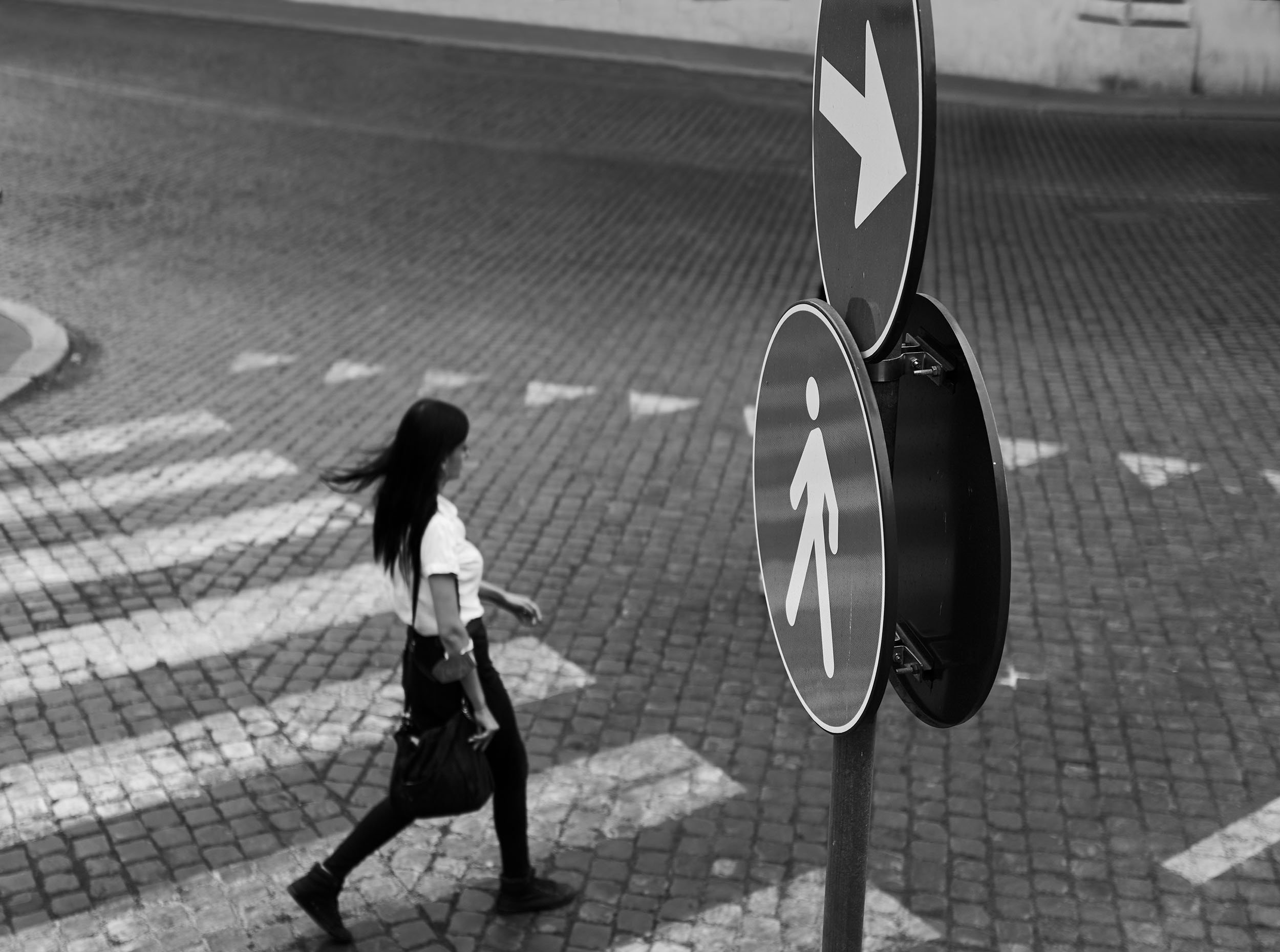9 Simple Techniques For Street Photographers
9 Simple Techniques For Street Photographers
Blog Article
The smart Trick of Street Photographers That Nobody is Talking About
Table of ContentsGetting The Street Photographers To WorkThe Buzz on Street PhotographersSome Known Details About Street Photographers The 10-Minute Rule for Street PhotographersStreet Photographers Things To Know Before You Buy
, a genre of photography that documents day-to-day life in a public area. The actual publicness of the setting allows the photographer to take honest images of strangers, commonly without their understanding. Street digital photographers do not necessarily have a social objective in mind, yet they choose to separate and capture minutes which could otherwise go undetected.Though he was affected by much of those that influenced the road professional photographers of the 1950s and '60s, he was not primarily curious about catching the spirit of the street. The impulse to aesthetically document individuals in public began with 19th-century painters such as Edgar Degas, douard Manet, and Henri de Toulouse-Lautrec, who functioned side by side with digital photographers attempting to record the significance of urban life.
Due to the relatively primitive modern technology available to him and the lengthy exposure time required, he had a hard time to catch the stress of the Paris roads. He tried out with a collection of photo techniques, trying to find one that would certainly enable him to record motion without a blur, and he found some success with the calotype, patented in 1841 by William Henry Fox Talbot. Unlike Atget, digital photographer Charles Marville was employed by the city of Paris to develop an encyclopaedic document of Haussmann's urban planning task as it unravelled, hence old and new Paris. While the photographers' topic was basically the same, the results were noticeably different, demonstrating the influence of the professional photographer's bent on the character of the images he generated.
The Ultimate Guide To Street Photographers
Provided the great top quality of his photos and the breadth of material, engineers and musicians often purchased Atget's prints to utilize as referral for their very own work, though industrial interests were rarely his main motivation. Instead, he was driven to photograph every last remnant of the Paris he loved.

Unlike his peers, Brassa used a larger-format Voigtlnder video camera with a longer exposure time, forcing him to be a lot more calculated and thoughtful in his technique than click this site he may have been if making use of a Leica. (It is thought that he might not have had the ability to pay for a Leica at that time, but he did, however, make use of one in the late 1950s to take colour pictures.) Brassa's pictures of the Paris underworld lit up by fabricated light were a discovery, and the collection of the collection that he released, (1933 ), was a significant success.

The Buzz on Street Photographers
It is due to this essential understanding of the art of image taking that he is typically attributed with uncovering the tool throughout once more roughly a century since its innovation. He took photos for even more than a half century and influenced generations of photographers to trust their eye and intuition in the moment.
These are the concerns I will attempt to answer: And then I'll leave you with my own interpretation of street digital photography. Yes, we do. Allow's begin with defining what an interpretation is: According to it is: "The act of specifying, or of making something certain, unique, or clear".
No, definitely not. The term is both restricting and misdirecting. Appears like a road digital photography must be images of a streets best?! And all street professional photographers, besides a handful of absolute newbies, will totally value that a street is not the vital part to road digital photography, and in fact if it's a photo of a street with possibly a couple of dull people not doing anything of interest, that's not road digital photography that's a picture of a recommended you read street.
Little Known Facts About Street Photographers.
He makes a legitimate point don't you believe? Nevertheless, while I concur with him I'm not exactly sure "honest public photography" will certainly catch on (although I do type of like the term "candid digital photography") since "road digital photography" has actually been around for a very long time, with lots of masters' names connected to it, so I believe the term is right here to remain.
You can shoot at the beach, at a celebration, in a street, in a park, in a piazza, in a coffee shop, at a gallery or art gallery, in a city station, at an event, on a bridge, under a bridge ...
Our Street Photographers PDFs
Yes, I'm afraid we scared no choice! Without regulations we can not have an interpretation, and without a meaning we do not have a category, and without a genre we don't have anything to specify what we do, and so we are stuck in news a "guidelines definition genre" loophole! - Street Photographers

Report this page